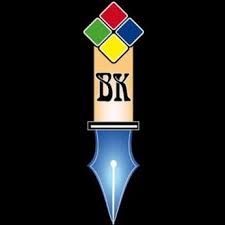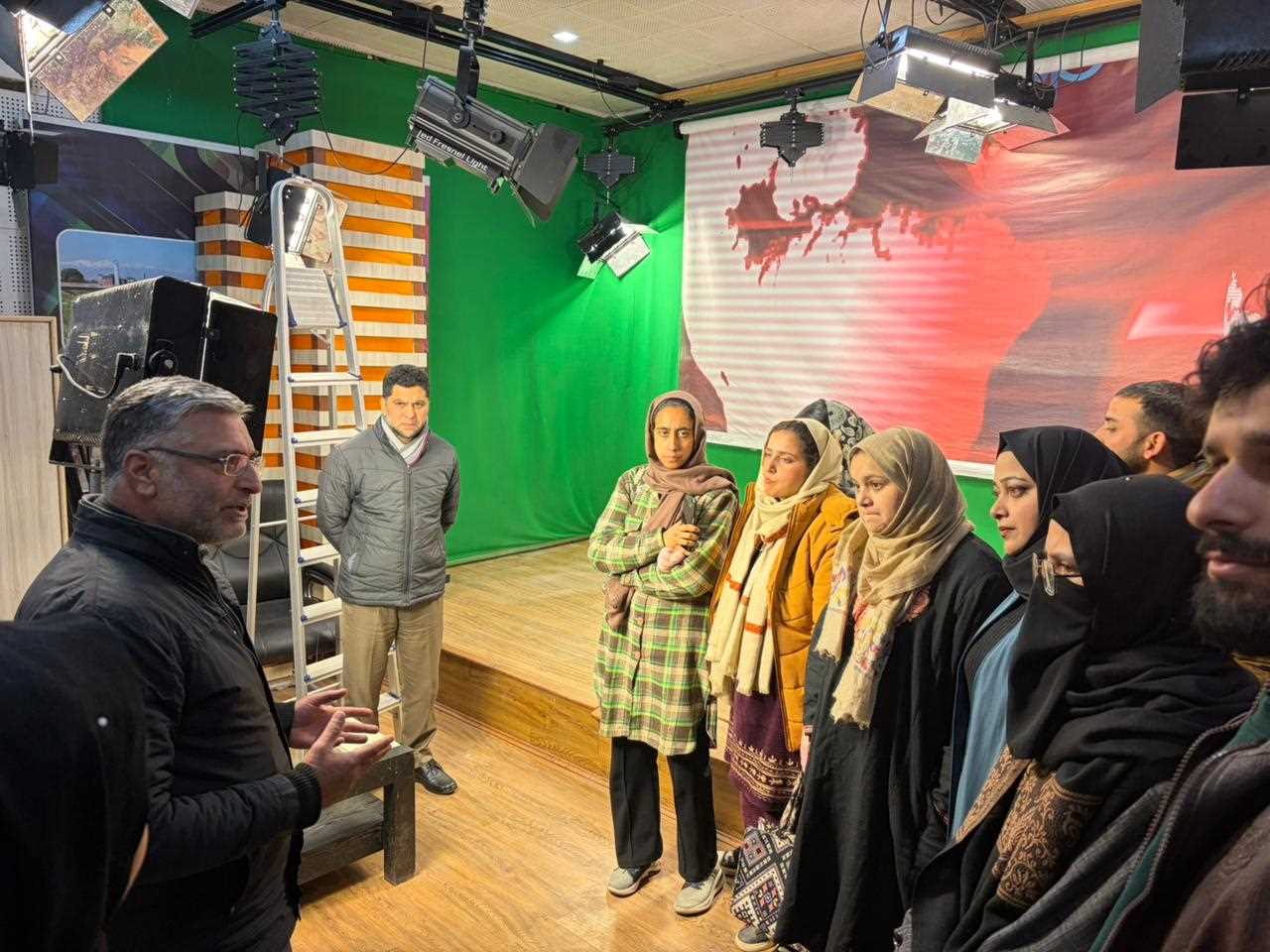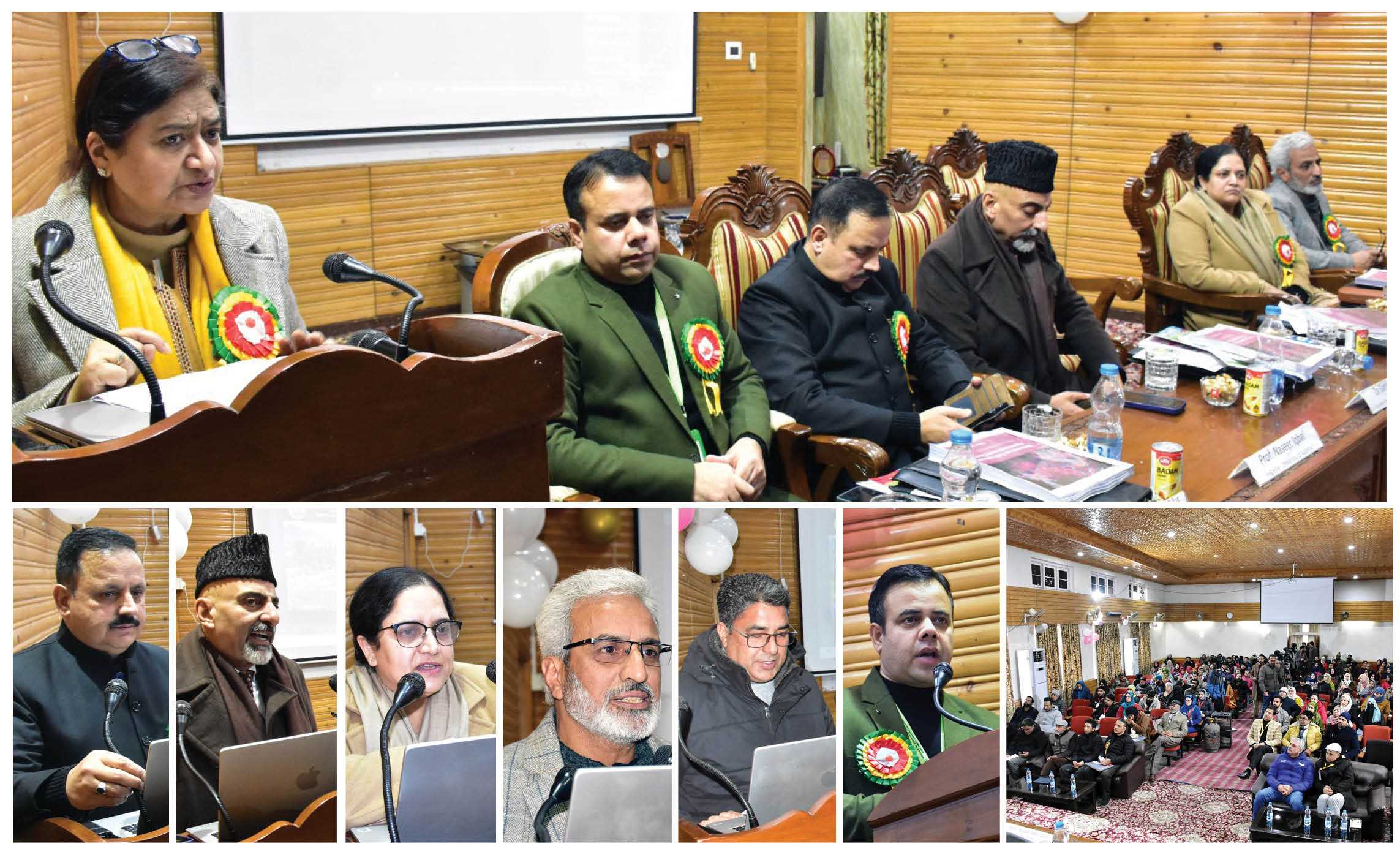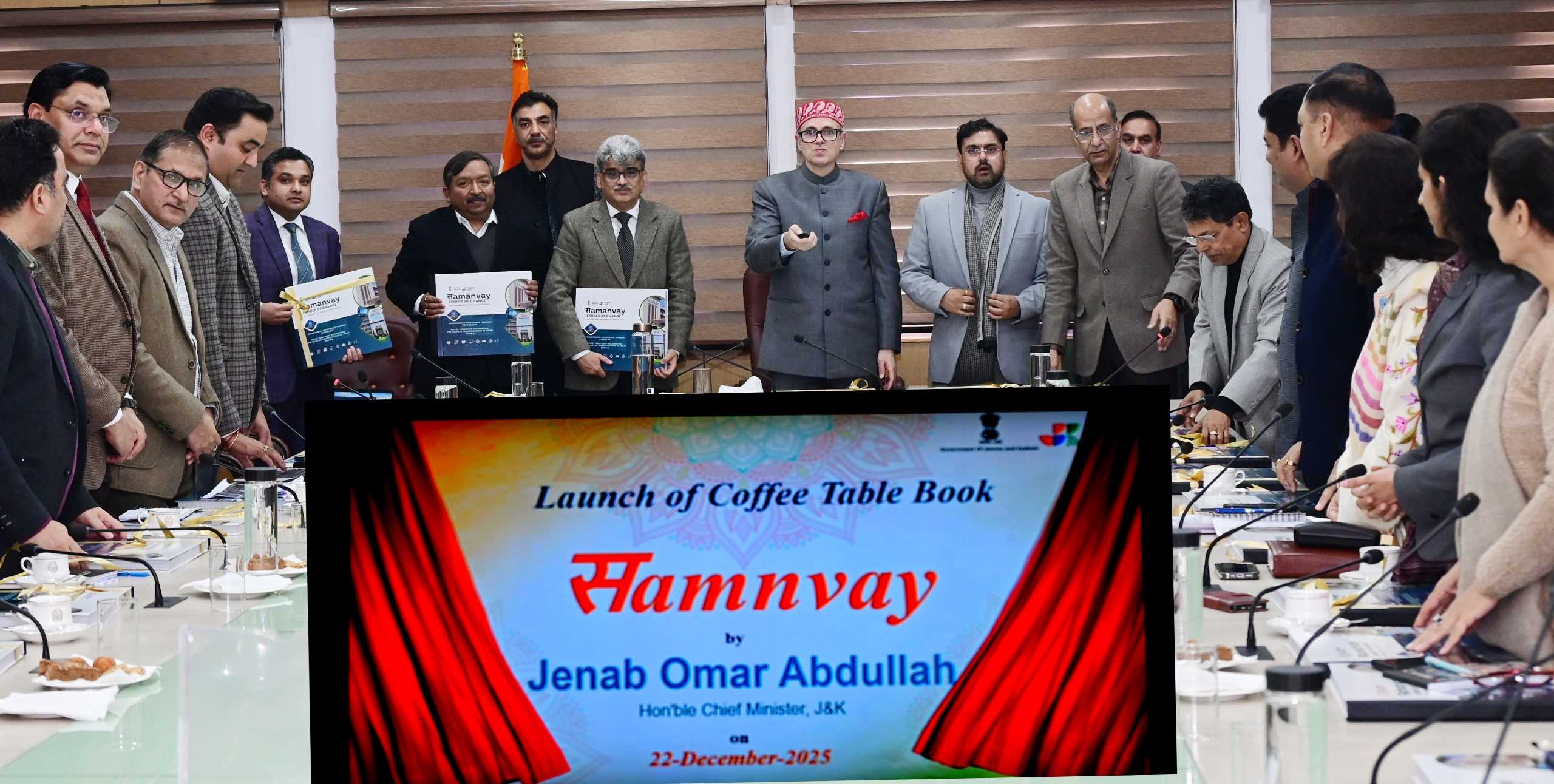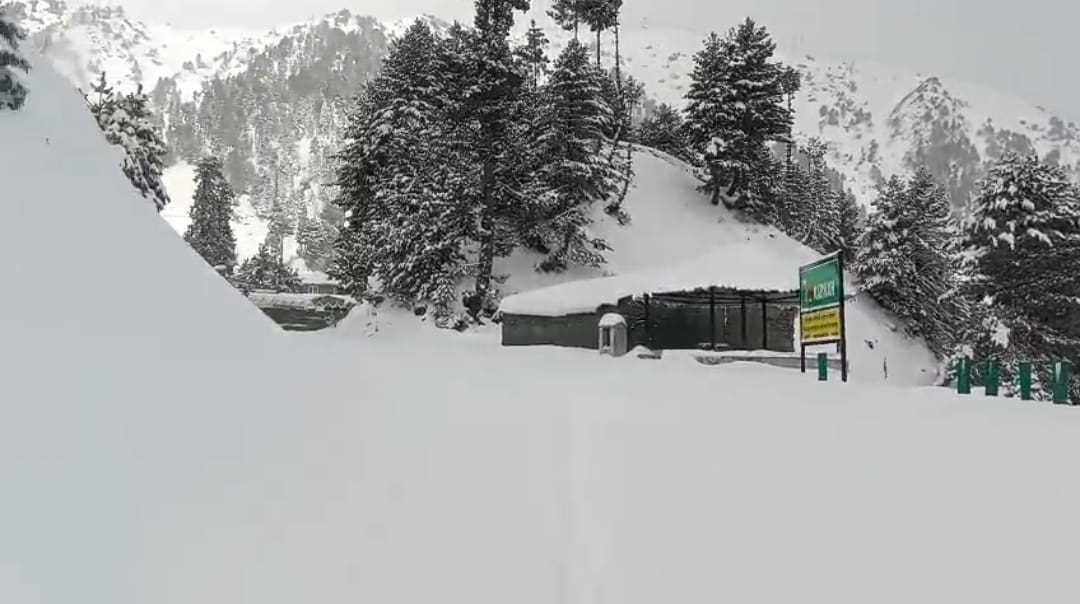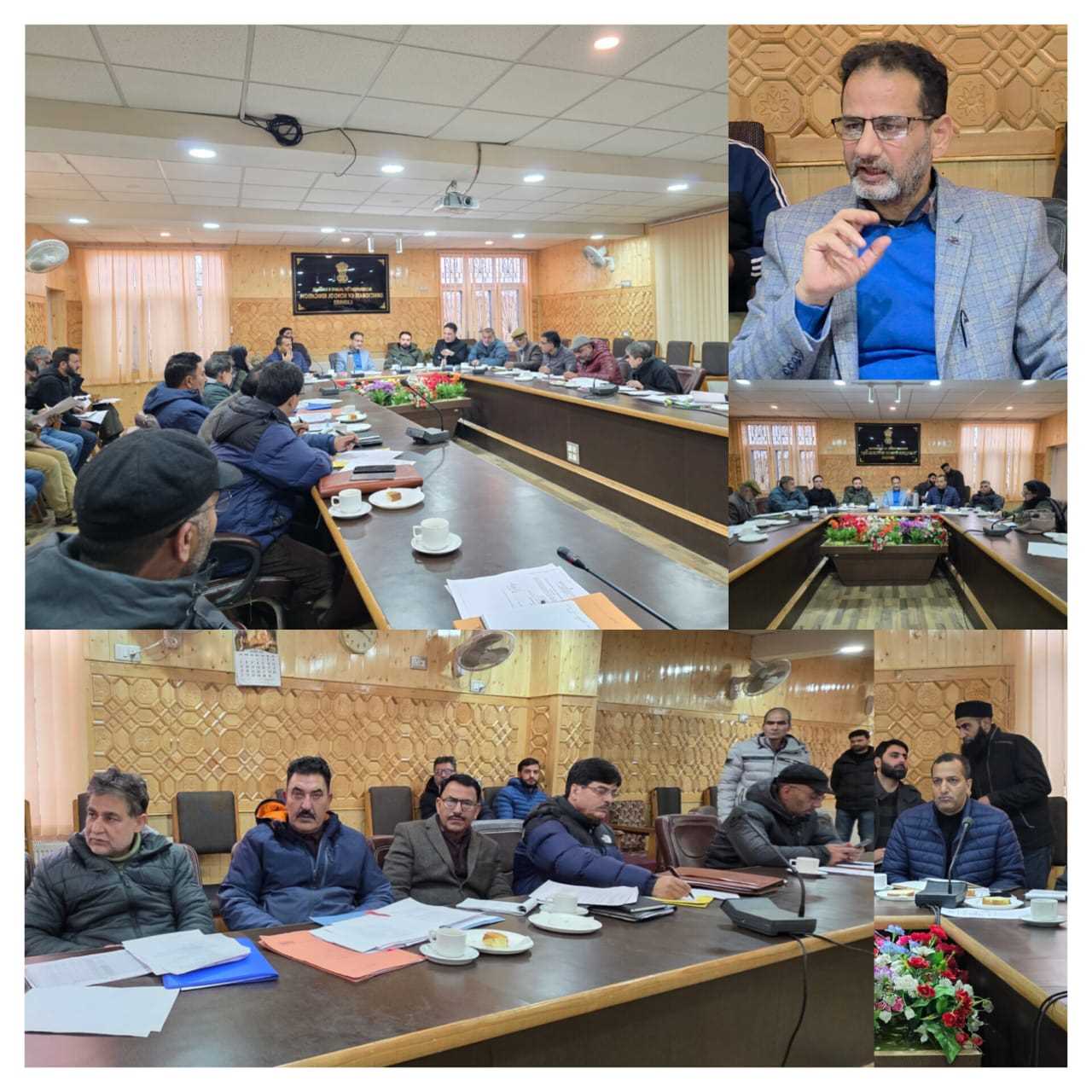The policy allots 6 percent of GDP to education sector which was earlier fixed to 1.7 percent and covers an entire range of academic issues, from the preschool to doctoral studies and from professional to vocational trainings
The National Policy 2020, announced by the Ministry of Human Resource Development on 29th July 2020, after 34-year gap, targets the educational reforms to overcome the challenges in India in the 21st century. It is going to provide a predominant vision and all-inclusive outline to both school education and higher education. It is the first policy on education in India in the 21st century and its implementation depends on the regulations from states and centre. This policy can change the course of education system in India by 2040 provided it is implemented in letter and spirit. There are around 100 action points and their implementation will depend on the regions and institutes, the expectations are that the higher institutions of excellence and central universities will take a lead.
Union ministers for information and broadcasting Prakash Javedkar and Human resource development minister Ramesh Pokhreyal made the announcement for NEP 2020. Earlier on 1st May 2020 Prime Minister Narendra Modi had reviewed the NEP 2020 for which the draft was prepared by the panel of experts led by former Indian Space Research Organisation Chief K. Kasturirangan. The initiative taken by the government of India incorporates quality learning at different stages which pledges a revolution in the education sector. In 21st century Indian education system needs a globally competent system with flexibility, self-actualization and alternate pathways to learning.
With the aim of transforming India into a global knowledge superpower, this impressive policy is going to play a pivotal role while simultaneously, putting us in alignment with the Indian ethos. Earlier, India has faced a daunting challenge to overcome the problems to empower the children and youth to quality education. The lack of resources and capacity, diversity in the languages, mismatch of knowledge and skill imparted and requirement in industry, unavailability of jobs, are some of the unprecedented challenges that have befuddled the system since 1947.
The policy allots 6 percent of GDP to education sector which was earlier fixed to 1.7 percent and covers an entire range of academic issues, from the preschool to doctoral studies and from professional to vocational trainings. The policy addresses the loopholes in the pedagogy, asymmetries, structural inequities and widespread commercialization and marks the fourth milestone in the education sector since independence. It reproduces the structure to introduce the early childhood education from age three and also introduces a system that the board exams will be held twice a year, which will improve the performance of the students and discourage rote learning. It also emphasises on improving the mathematical skills, encourage four-year undergraduate programmes and create a higher education commission suggesting major changes. The schools will be functional beyond working hours in order to bring maximum number of students in the gambit of the education system and the students can opt for the courses which will be taught during the evening sessions. Most of the courses will be ICT enabled and other enrichment activities will be incorporated while focus will be on vocational studies at school level. Each child will have to learn at least one vocation and must be exposed to several more vocations, and the vocational courses will be available from sixth standard onward and coding will be taught from 6th standard.
The sampling of various vocational crafts such as gardening, pottery making, carpentry, metal work and electric work will be encouraged. There will be a new pedagogical system comprising of the foundational stage (5), the preparatory stage (3), the middle stage (3) and the secondary stage (4). During the foundational stage when the child will be of the age of three to six the focus will be on language development skills and activity-based learning. The preparatory stage will be for the students of 8 to 11 years learning in classes three to five. The focus will be on play, discover, activity based and interactive classroom learning. Three languages will be taught to all the students at this age. During the middle stage, the students will be in classes six to eighth and the focus will be on the experiential learning in the sciences, mathematics, arts and humanities. Finally at the secondary stage that is from class nine to class 12th the focus will be on the greater critical thinking and flexibility. From 8th to 11th students can choose subjects. All students can have major and minor, for example science students can have physics as major and music as minor.
Higher education will be governed by one authority, UGC and AICTE will be merged while the grading system will be common for government and private universities, open and deemed universities. For faculty development, training board will be set for all kinds of teachers in the country. New basic learning programme will be offered by the government for the parents which can be useful for them to teach their children up to the age of three and also during pre-schooling from three to six years of age. Multiple entry exit will be available and the stress will be on multi-disciplinary subjects. Credit system for graduation will be introduced which will allow the students to take a break during the course and come back again to complete the course. All school exams will be semester wise and the syllabus will be reduced to core knowledge of any subject only.
More focus will be on practical and applications. During graduation the basic certificate can be obtained after completing one year, certificate for diploma can be obtained after two years and after the completion of full course students can get a degree. All the graduation course fees will be governed by a single authority with capping on each course. This way there will be a curtailing drop out rates and universal access to education at all levels. Curriculum and pedagogy in schools should be holistic, integrated, inclusive, enjoyable and engaging. Preference is also given to curricular integration of essential subjects and skills and reflection will be on efficient resourcing and effective governance through school complexes and clusters. There is going to be a standard setting and accreditation for the school education. An apex advisory body will be established for Indian education and Indian education service. Preschool sections governing at least one year of early childhood care and education, will be added to Kendriya Vidyalayas and other primary schools around the nation, particularly in disadvantaged areas. NCC wings in secondary and higher secondary schools will be introduced under ministry of defence including in tribal areas. ( To Be Continued)
Writer is a Principal SSM College of Engineering
Email:-----principal@ssmengg.edu.in
